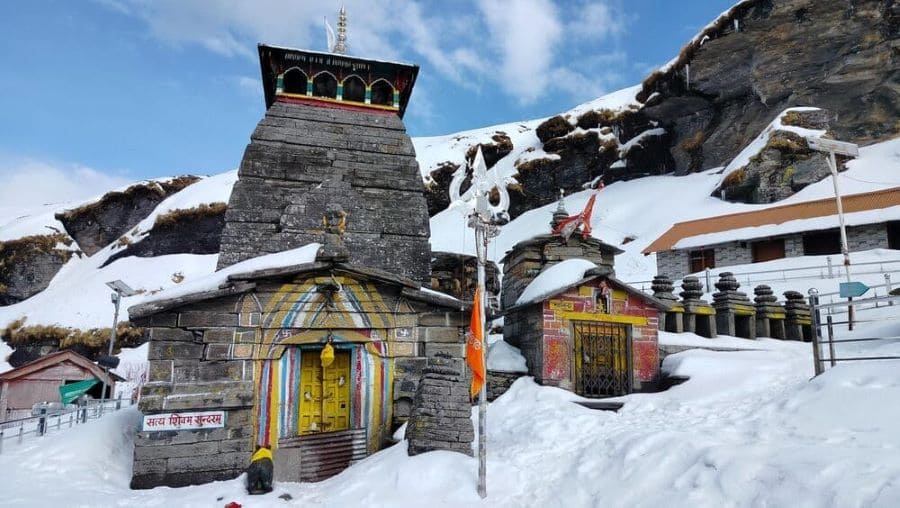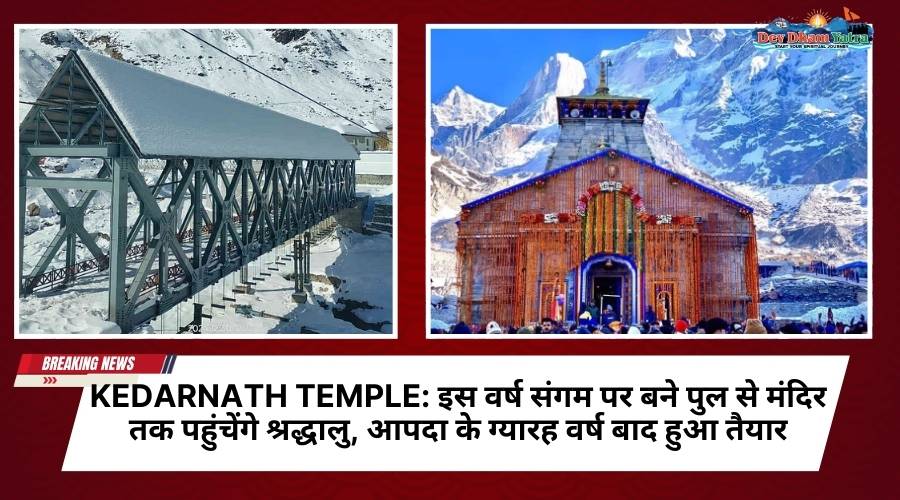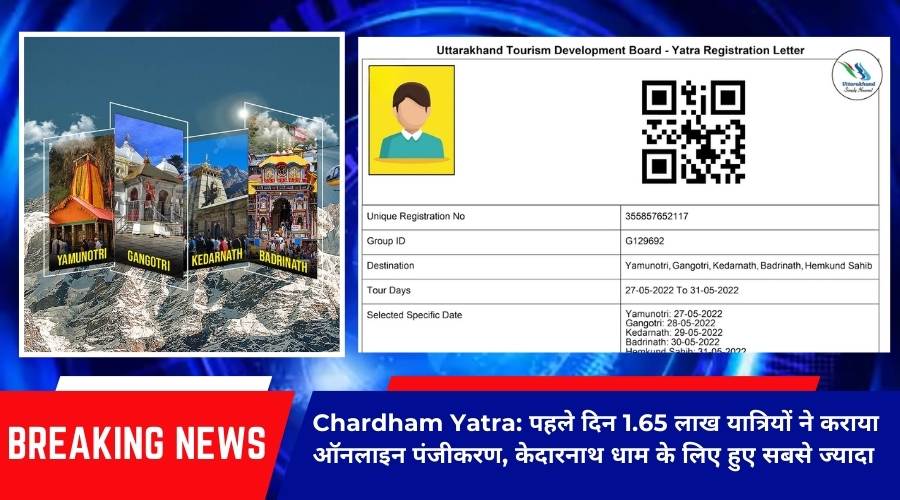About Tungnath temple
Tungnath Temple is a Hindu shrine located in the Chamoli district of Uttarakhand, India. It is considered to be one of the highest Shiva temples in the world and is situated at an altitude of 3,680 meters above sea level. The temple is situated near the Chopta region and is surrounded by the magnificent peaks of the Himalayas.
Tungnath temple is one of the five sacred shrines, known as the Panch Kedar, which are dedicated to Lord Shiva. The temple is an important pilgrimage site for Hindus, especially for those who follow the Shaivite tradition. Pilgrims visit Tungnath to offer their prayers to Lord Shiva and seek his blessings.
The tungnath temple has a rich history and is believed to have been built thousands of years ago. Despite its remote location, Tungnath temple attracts a large number of tourists and pilgrims every year, who come to marvel at its beauty and experience the peaceful atmosphere of the place. If you are planning a visit to tungnath temple, it is recommended to do so during the summer months when the weather is pleasant and the view of the surrounding mountains is at its best.

Importance of Tungnath temple in Hindu mythology
Tungnath temple holds a significant place in Hindu mythology. According to Hindu scriptures, the Tungnath temple is one of the five sacred shrines dedicated to Lord Shiva, known as the Panch Kedar. The other four shrines are Kedarnath, Madhyamaheshwar, Rudranath, and Kalpeshwar.
In Hindu mythology, Lord Shiva is believed to have taken refuge in Tungnath to avoid the wrath of Lord Vishnu, who was pursuing him. According to the legend, Lord Vishnu was trying to catch Lord Shiva to take revenge for his wife, Sati’s death. To hide from Lord Vishnu, Lord Shiva is said to have taken refuge in the form of a bull, and the five sacred shrines represent the different parts of Lord Shiva’s body that appeared at each site.
Tungnath temple is considered to be the place where Lord Shiva’s arms appeared. It is also believed that Lord Shiva performed penance at Tungnath temple and that his blessings can be obtained by visiting this shrine. As a result, Tungnath temple has become an important pilgrimage site for Hindus, and it is considered to be one of the most revered and sacred shrines dedicated to Lord Shiva.
How to reach tungnath temple

Tungnath Temple is located in the Chamoli district of Uttarakhand, India, and is situated at an altitude of 3,680 meters above sea level. Here are the different ways to reach Tungnath:
By Road:
Tungnath temple is located approximately 236 kilometers from Rishikesh and can be reached by road. You can take a taxi or a private car to reach the temple. The journey takes around 8 hours and the road is well-maintained.
By Air:
The nearest airport to Tungnath temple is Jolly Grant Airport in Dehradun, which is approximately 258 kilometers away. From there, you can hire a taxi or take a bus to reach Tungnath.
By Rail:
The nearest railway station to Tungnath is Rishikesh railway station, which is well-connected to major cities in India. From there, you can hire a taxi or take a bus to reach Tungnath temple.
By Foot:
If you are looking for an adventure and an opportunity to enjoy the scenic beauty of the Himalayas, you can also reach Tungnath temple on foot. There are several trekking routes that lead to the temple, and the trek takes around 2-3 days to complete.
Whichever mode of transportation you choose, it is recommended to plan your visit to Tungnath temple well in advance, as the temple is situated at a high altitude and the weather can be unpredictable. It is also important to keep in mind that the temple is closed during the winter months and is only accessible during the summer months.
Tungnath weather
Tungnath weather can vary greatly depending on the time of year.
During the summer months, from May to June, the weather is generally pleasant with temperatures ranging from 10°C to 20°C. This is the best time to visit Tungnath temple, as the skies are clear and the views of the surrounding mountains are at their best.
In the monsoon season, from July to September, the region experiences heavy rainfall, which can make the trek to Tungnath difficult. The weather is also humid, and visibility is limited.
During the winter months, from November to April, the temperature at Tungnath can drop below freezing, and the region experiences heavy snowfall. The temple is usually closed during this time, and the trek to the temple becomes nearly impossible.
In conclusion, the best time to visit Tungnath is during the summer months, when the weather is pleasant and the views are clear. It is important to keep in mind that the weather at Tungnath can change quickly and can become unpredictable, so it is advisable to be prepared for any eventuality.
Chopta tungnath trek
The Tungnath trek is a popular trekking destination and is known for its breathtaking scenery and spiritual significance. The trek to Tungnath Temple, which is located at an altitude of 3,680 meters above sea level, is considered to be one of the easiest and shortest treks in the Indian Himalayas.
The trek to Tungnath begins from the village of Chopta. From Chopta, the trek is about a 5-6 km uphill walk through dense forests, meadows, and streams. The trek is considered to be relatively easy, and the trail is well-marked, making it suitable for people of all ages and fitness levels.
Along the way, trekkers can enjoy the scenic beauty of the surrounding mountains and the serene surroundings of the temple. The trek also provides an opportunity to experience the local culture and tradition, as there are several villages and hamlets along the way that offer a glimpse into the lives of the mountain communities.
It is important to note that the Tungnath trek can be challenging during the monsoon season, as the region experiences heavy rainfall, which can make the trail slippery and difficult to navigate. The trek is also not recommended during the winter months, as the region experiences heavy snowfall and the temple is usually closed.
Things to carry in tungnath trek
Backpack:
A comfortable and sturdy backpack is essential to carry all your necessary items.
Water Bottle:
It is important to stay hydrated during the trek, so make sure to carry a refillable water bottle.
Warm Clothing:
The temperature at Tungnath can drop significantly, especially at night, so make sure to carry warm clothing, such as a jacket, hat, and gloves.
Rain Gear:
The monsoon season in the Indian Himalayas can bring heavy rainfall, so make sure to carry rain gear, such as a raincoat and waterproof pants.
First-Aid Kit:
A small first-aid kit, including items such as pain relievers, bandages, antiseptic cream, and insect repellent, can be useful in case of minor injuries or illnesses.
Snacks:
Energy bars, dried fruits, and nuts can provide a quick source of energy during the trek.
Headlamp:
A headlamp can be useful in case of an emergency or if you need to navigate the trail after dark.
Camera:
The Tungnath trek offers stunning views of the surrounding mountains, so make sure to carry a camera to capture the memories.
Cash:
Make sure to carry enough cash as there are no ATMs along the trek, and some of the local shops may not accept card payments.
It is also important to note that trekking in the mountains can be challenging, so it is advisable to be physically fit and consult with a doctor before undertaking the trek. Additionally, it is advisable to hire a local guide, as they are familiar with the trail and can provide valuable information and support during the trek.
Tourist places near tungnath
There are several tourist places near Tungnath Temple that offer a unique blend of natural beauty and cultural heritage. Here are some popular places to visit near Tungnath:
Chopta:
Chopta is a small village located near Tungnath and is the starting point of the Tungnath trek.
Ukhimath:
Ukhimath is a small town located approximately 46 km from Chopta and is known for its temples and beautiful natural scenery.
Deoriatal:
Deoriatal is a serene lake located near Ukhimath and is surrounded by dense forests and towering peaks.
Kedarnath:
Kedarnath is one of the Char Dhams, a series of four pilgrimage sites in the Indian Himalayas, and is located approximately 60 km from Tungnath. It is known for its ancient temple dedicated to Lord Shiva and its stunning mountain scenery.
Rishikesh:
Rishikesh is a city located approximately 250 km from Tungnath and is known as the “Yoga Capital of the World.” It is famous for its ashrams, temples, and adventure sports, such as white-water rafting.
Haridwar:
Haridwar is a city located approximately 280 km from Tungnath and is one of the seven holiest places in Hinduism. It is known for its ghats, temples, and the Ganges River.





















